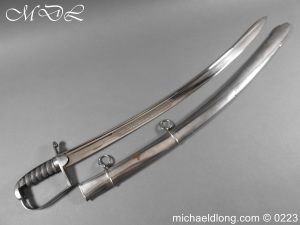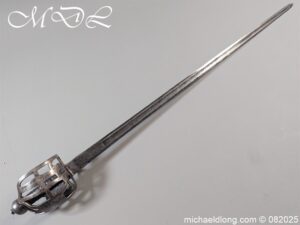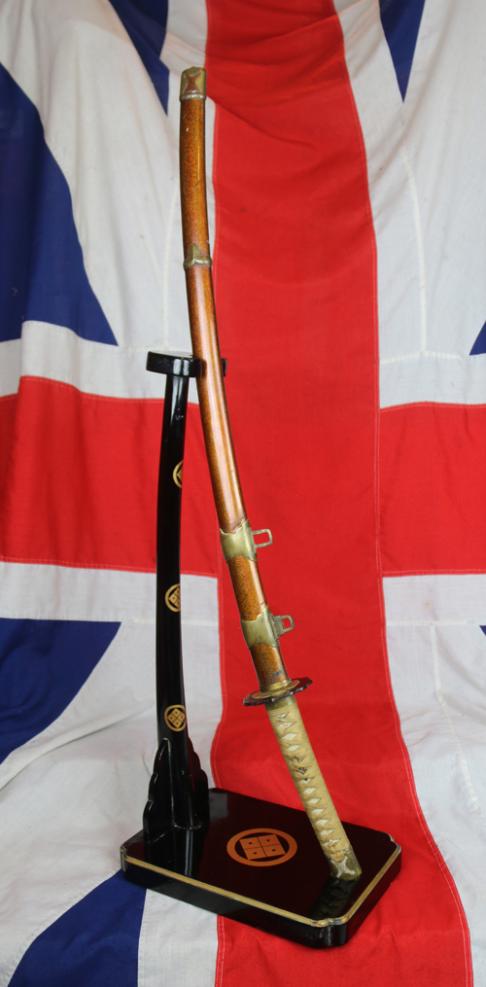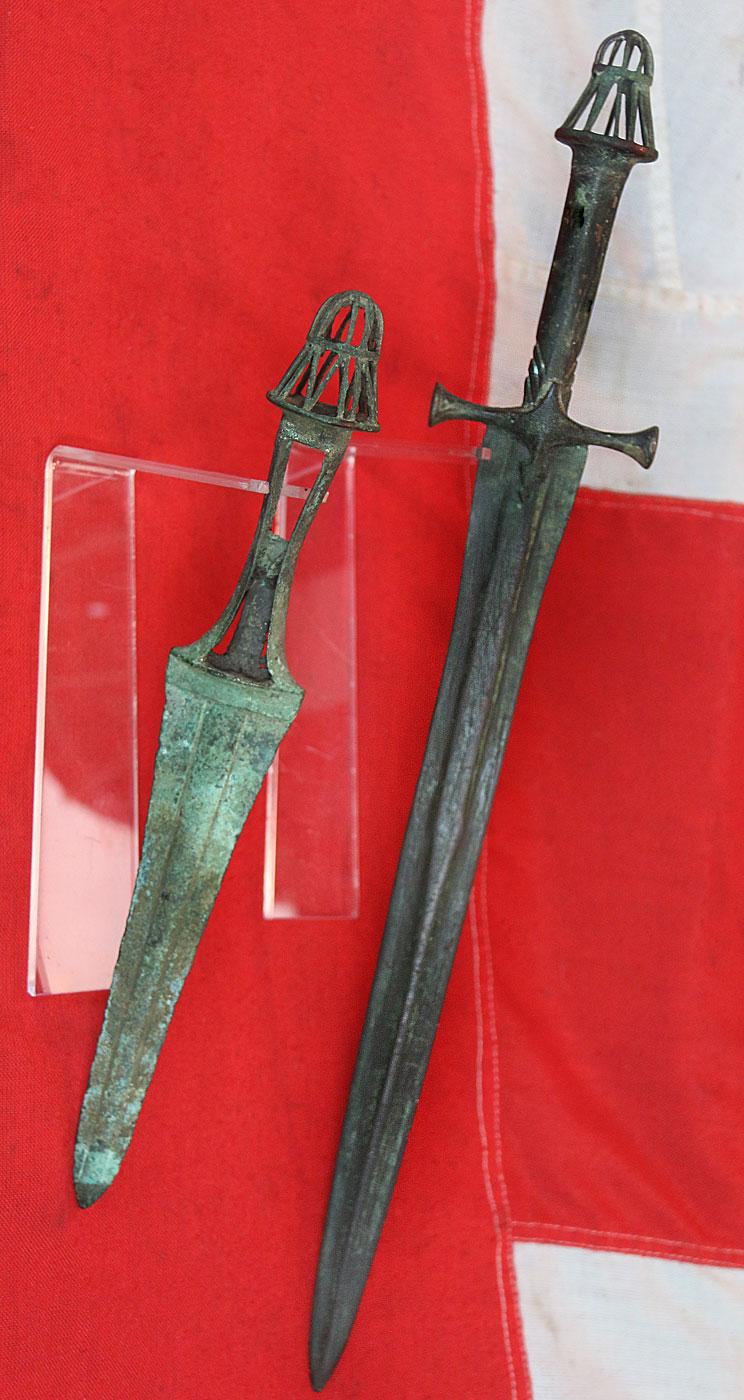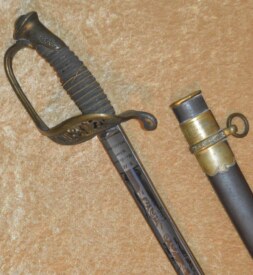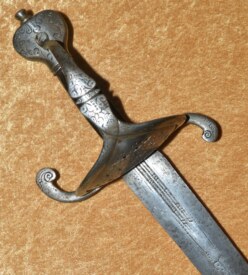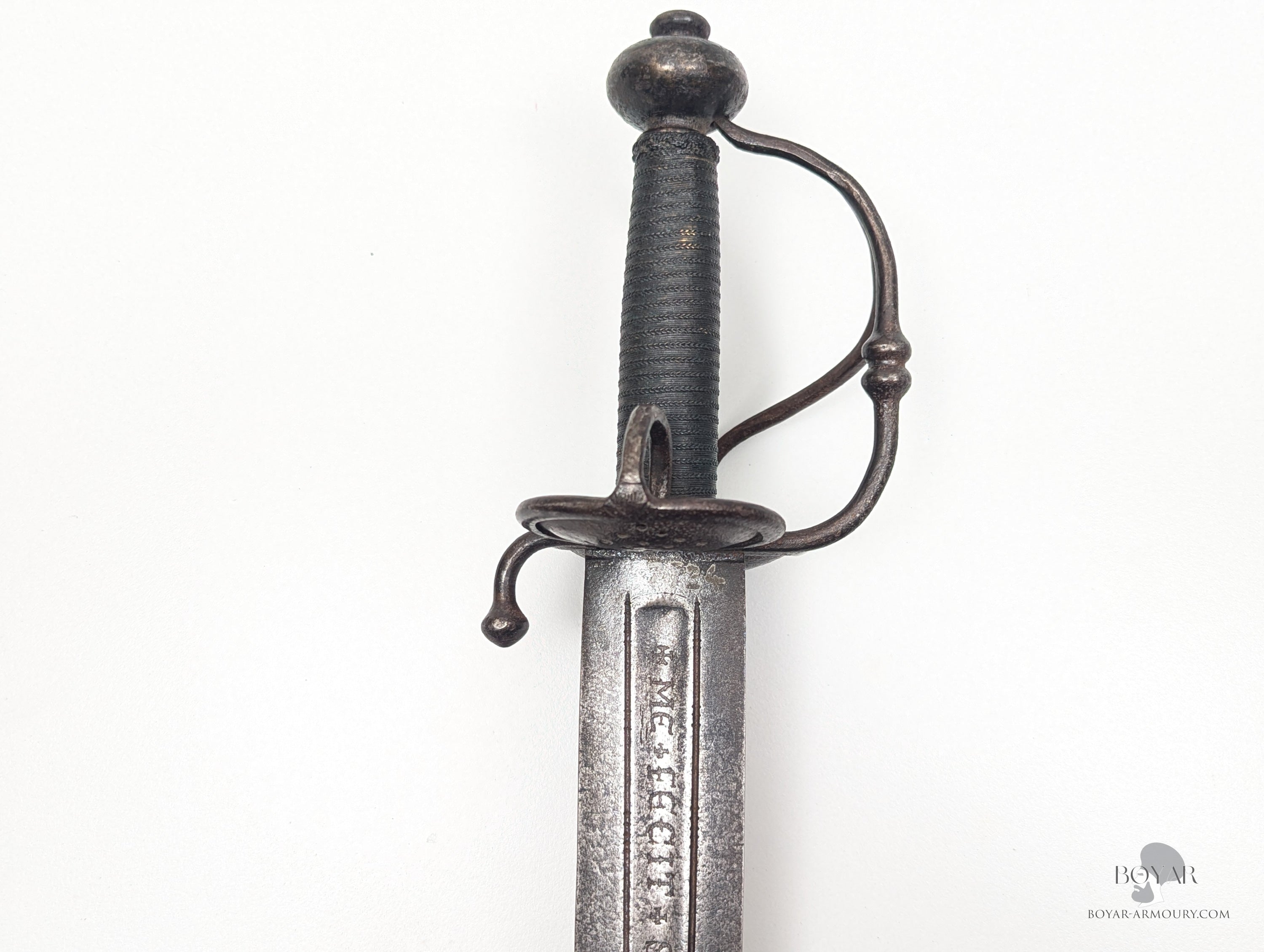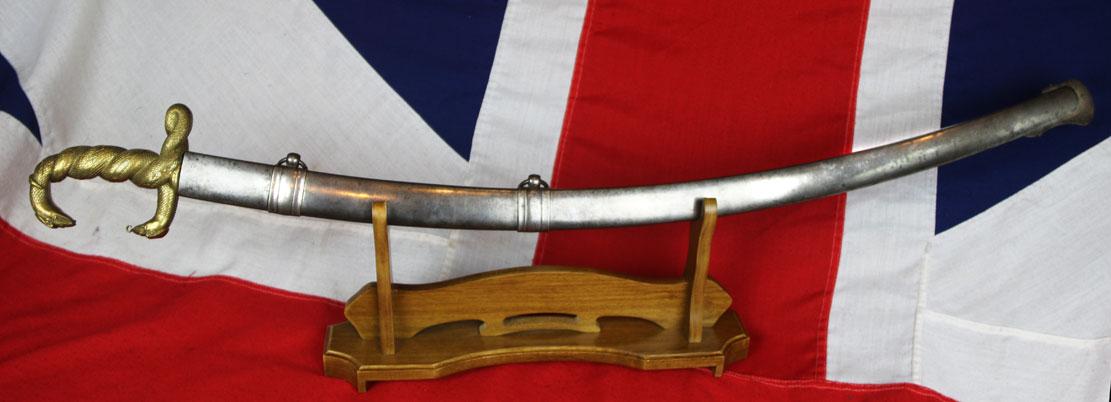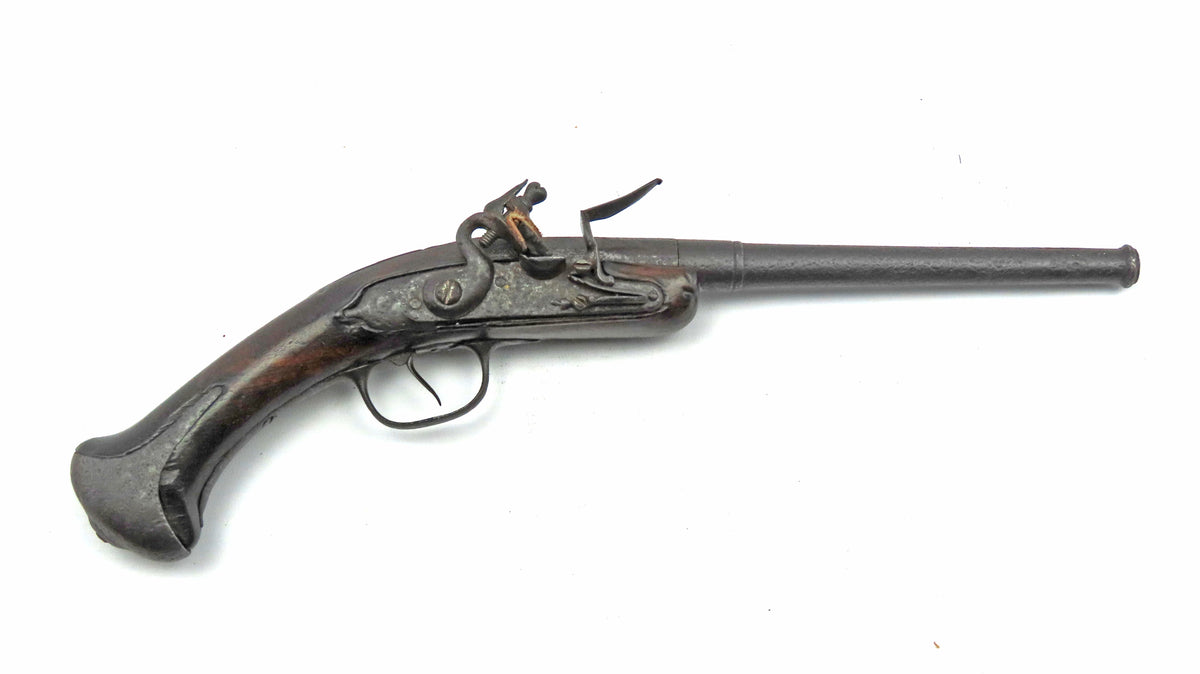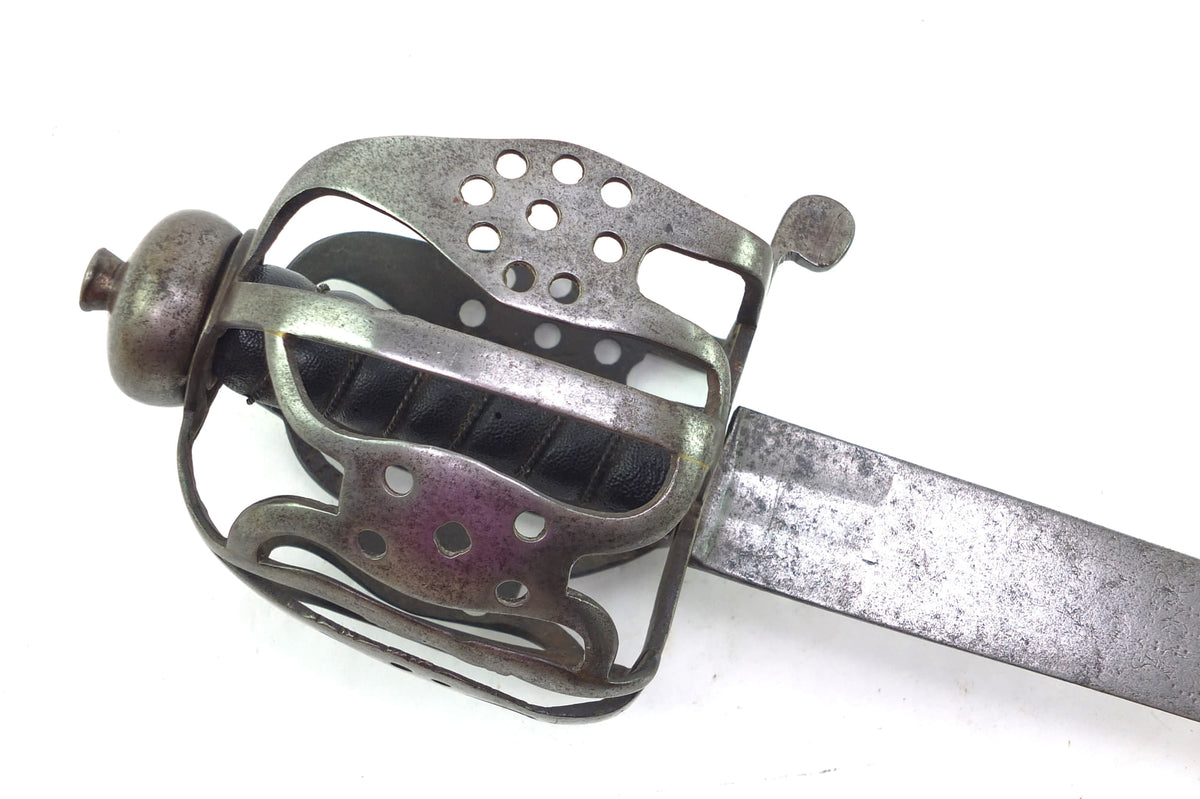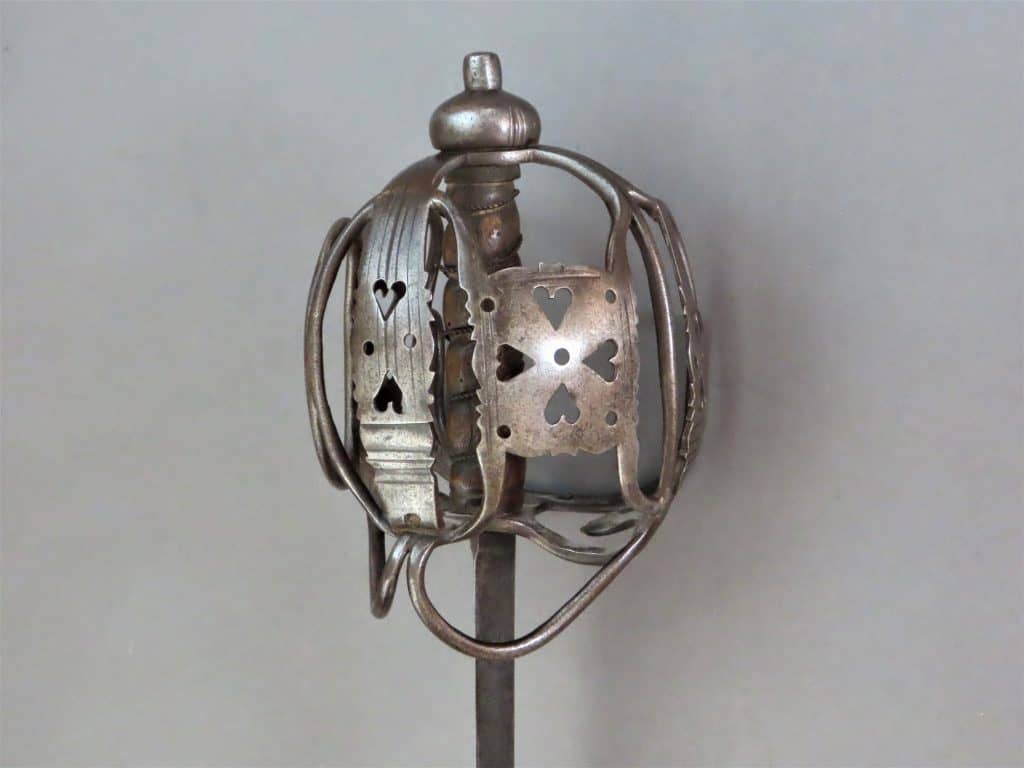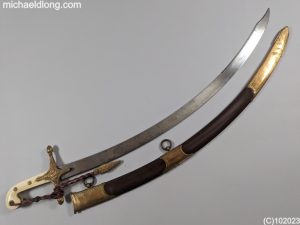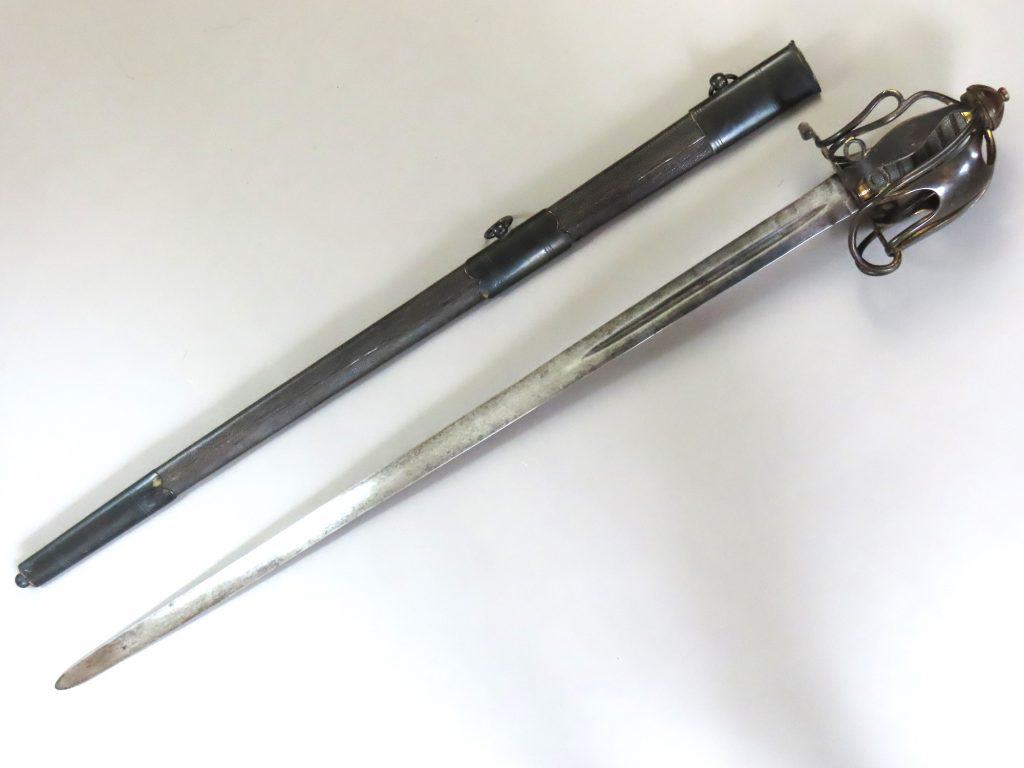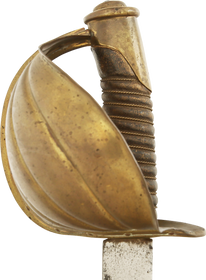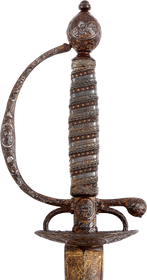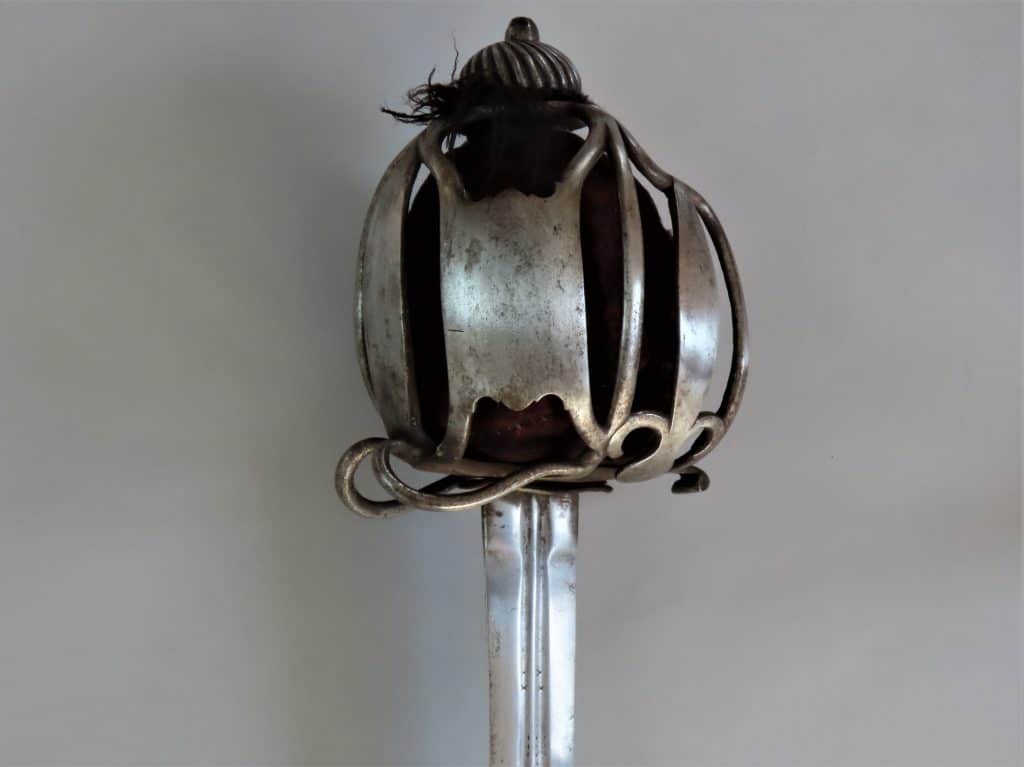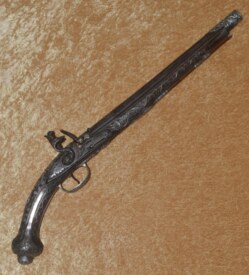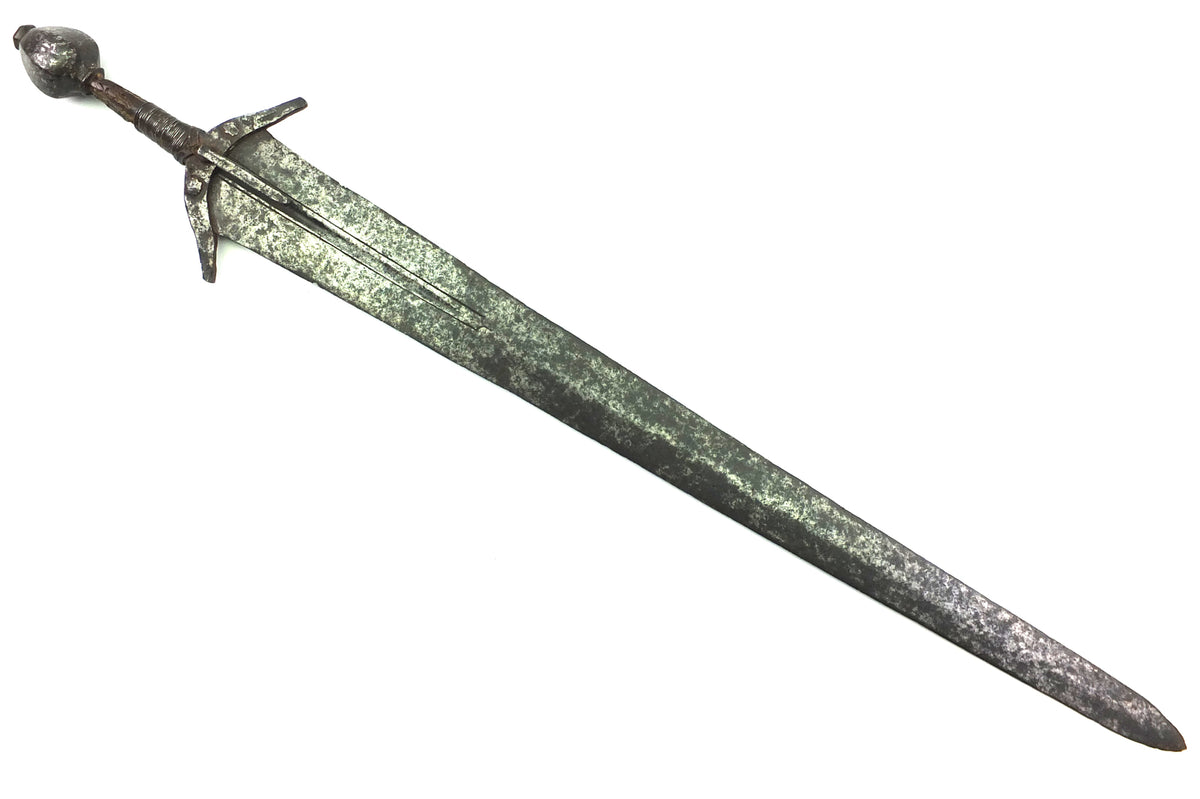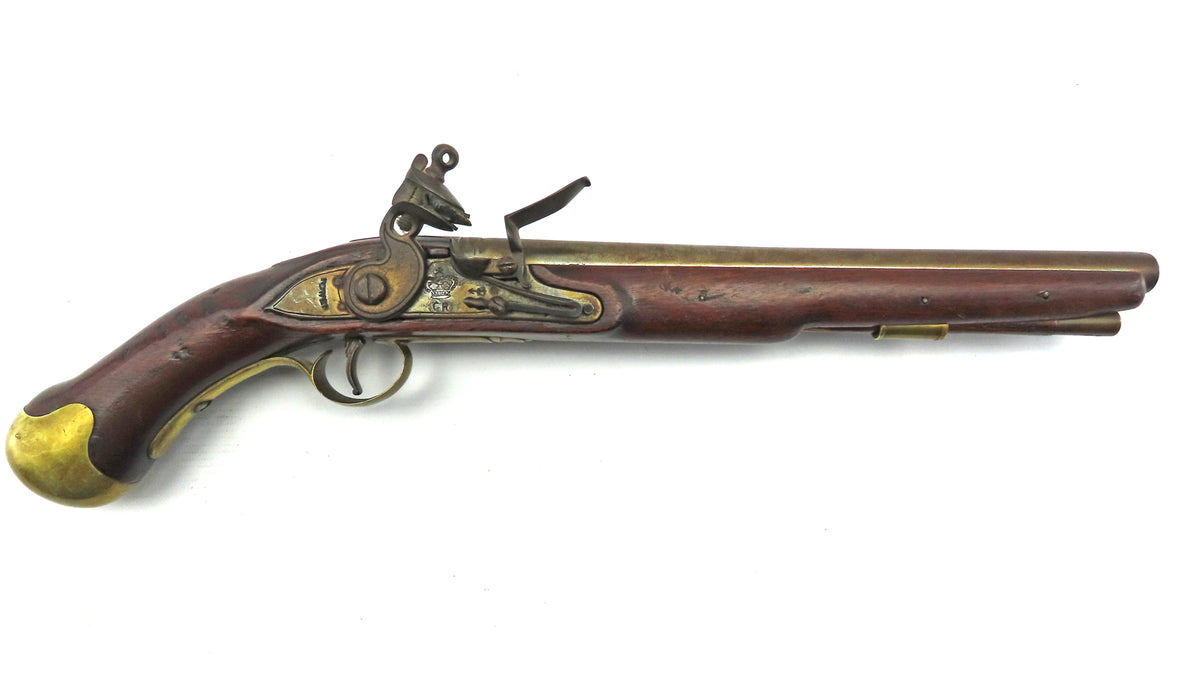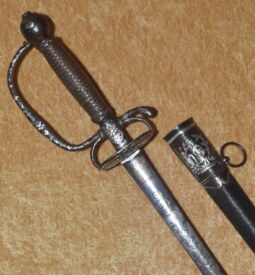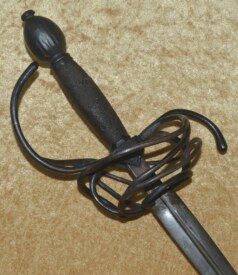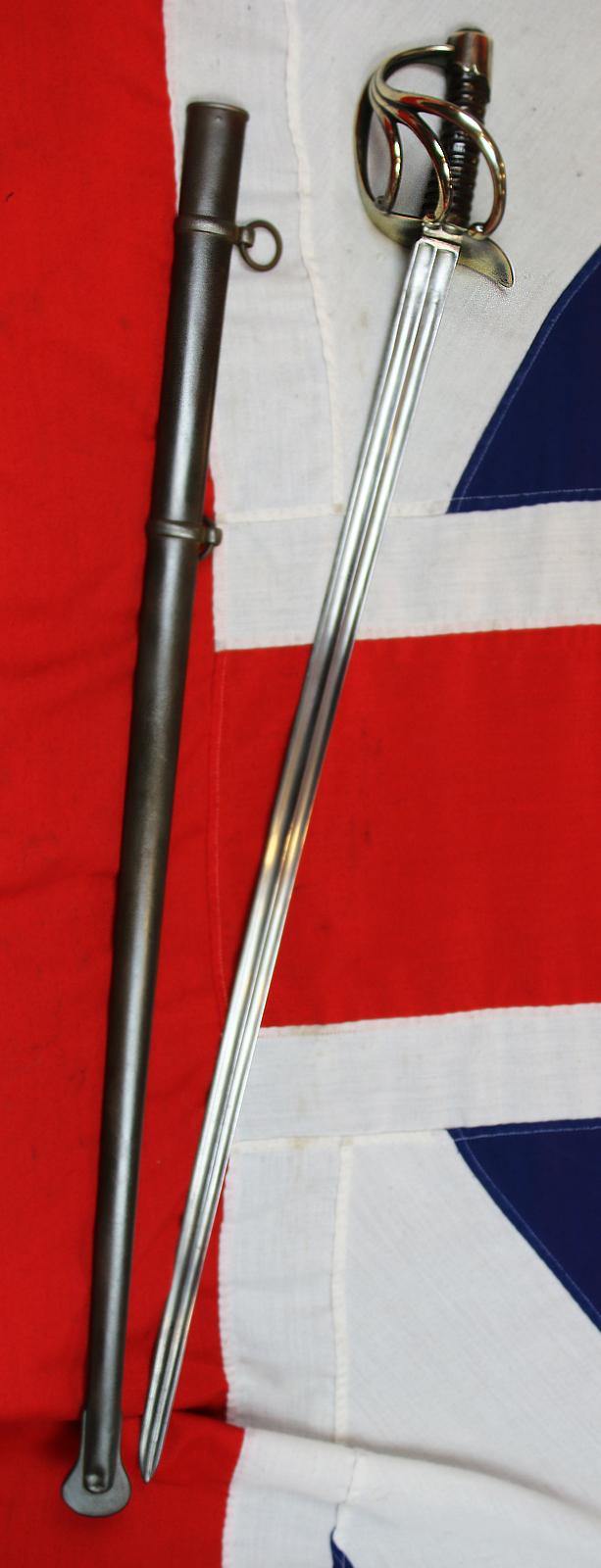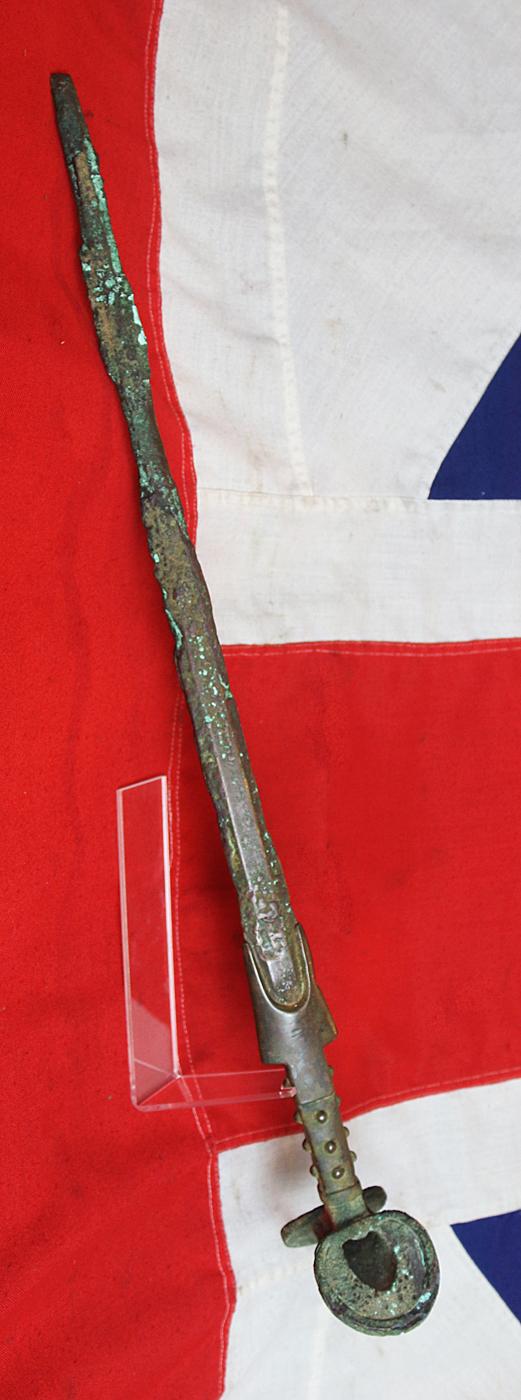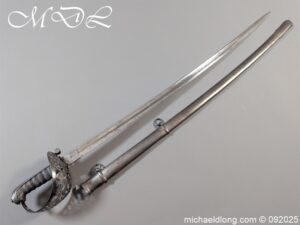For Sale
The following items are listed by for sale by users of the site and dealers. They are in no way endorsed or guaranteed by www.oldswords.com
Add a Classified ItemYou can also receive regular email notifcations when items match your keywords. To recieve them just register or logon at the top right of this page.
- Nation : British
- Local Price : £3,450.00
- Nation : British
- Local Price : £3,450.00
- Nation : British
- Local Price : £3400
- Nation : American
- Local Price : $3295.00
- Nation : Swedish
- Local Price : $3295.00
- Nation : British
- Local Price : 4,500.00 USD
- Nation : -
- Local Price : £3,250.00 GBP
- Nation : French
- Local Price : £3,250.00
- Nation : British
- Local Price : £3,250.00
- Nation : British
- Local Price : £3250
- Nation : British
- Local Price : £3,250.00
- Nation : British
- Local Price : £3250
- Nation : British
- Local Price : £3,245.00
- Nation : -
- Local Price : 4,400.00 USD
- Nation : Italian
- Local Price : $5895.00 CAD
- Nation : French
- Local Price : 4,200.00 USD
- Nation : British
- Local Price : £3000
- Nation : -
- Local Price : $2995.00
- Nation : British
- Local Price : $2995.00
- Nation : Italian
- Local Price : £2,995.00
- Nation : British
- Local Price : £2,995.00
- Nation : -
- Local Price : $2995.00
- Nation : German
- Local Price : $2995.00
- Nation : British
- Local Price : £2995
- Nation : Japanese
- Local Price : £2995
- Nation : British
- Local Price : £2995
- Nation : British
- Local Price : £2,950.00
- Nation : Spanish
- Local Price : £2950


